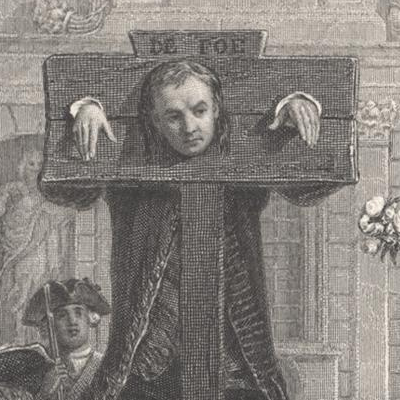I grew up partly on the Longley Council
Estate in Sheffield. When I look at maps
of the place these days it seems that the urban planners must have been
familiar with very modern and/or very ancient designs for cities. It wasn’t exactly Bauhaus because it was all
essentially single family houses, nor was al-Mansur’s circular city, but those geometrical
designs didn’t come out of nowhere.
I
can’t remember precisely when I first saw a map of my neighborhood, but I know
it was after I’d been walking the streets for some years and thought I knew the
layout of the place pretty well. At
ground level however, I had no sense of those geometrical designs, those semi-circles
and spokes. I was surprised but also
somehow enlightened. I can’t say this
was when or why I first developed a liking for maps, but develop a liking for
maps I certainly did.
Longley wasn’t the
worst place to live, and you definitely didn’t worry about walking the streets
there, but we had bad neighbors in the house next door and that had a lot to do
with why my parents eventually moved out.
The father next door
was a glowering and occasionally violent presence – a hod carrier by
trade. There were two children, a boy
and a girl. The boy was a year or two
younger than me, and a poor, timid little thing, not very bright, and it occurs
to me now that he was very possibly knocked about by his father.
After
we’d left Longley my mother still got reports from other (perfectly decent)
neighbors. The boy next door left school
young, without any qualifications, was unemployed and probably
unemployable. The way my mother put it, “All
he does is mooch around the streets all day,” presumably drifting around thosee
semi-circles and spokes.
“Mooch”
is an interesting word, and my mother used it a lot, and always to mean walking
aimlessly, loitering, doing nothing much, though the sense of being a scrounger
or a good for nothing was probably there too.
I’m not sure if she knew the Cab Calloway song “Minnie the Moocher.” I’d guess she probably did, though I imagine
she didn’t know that in the song to “mooch” is to be a drug addict. Perhaps our wandering neighbor lad eventually
went that way too.
“Minnie the Moocher”
was recorded in 1931 and to modern ears it sounds as much of a drug song as,
say, the Velvet Underground’s “Heroin.”
Some of the lyrics run
She
messed around with a bloke named Smoky
She
loved him though he was cokey
He took
her down to Chinatown
And he showed her how to kick the gong around
To kick the gong is to take
opium. In 1932 Calloway sang a kind of a
sequel, titled “Kickin' The Gong Around,” in which Smoky Joe searches for
Minnie in an opium den: and finds her. What’s
of particular interest to scholars of walking, is that Calloway performs the
song in the movie The Big Broadcast and
does a kind of dance, maybe more of an exaggerated walk, which is a very early
precursor of the Michael Jackson moonwalk, though I gather it was called
“backsliding” at the time.
Calloway was also responsible
for the “Hepster’s Dictionary” – teaching squares how to be groovy. I’m not sure how seriously anybody took this
at the time, not very I think. Today it
seems a mixture of language that’s either entirely obvious, as in “the joint is jumping,” or elaborate constructions that would be just
too much trouble to use. “Have you got
the line in the mouse?" (Do you have the cash in your pocket?). The word “mooch” doesn’t appear in the version
I’ve got there were different various “editions.”
But the term “map” does appear in this form:
Sadder than a map (adj.) --
terrible. Ex., "That man is sadder than a map."
I just don’t get that. What does it mean? How sad is a map anyway? Is a map, in fact sad in any way whatsoever? Is there some hipster meaning of “map” that we non-hipsters are missing? Is it possibly the sense that only a real
loser would walk the streets consulting a map?
(Compare and contrast with the Thomas Wolfe story “Only the Dead Know
Brooklyn”). I really have no idea, and I’d
be grateful for any enlightenment anybody cares to throw my way.
I have no idea how Calloway felt personally about
maps or about walking, but thanks to this handy map you could (circa 1932) have
walked to his club in Harlem:
























